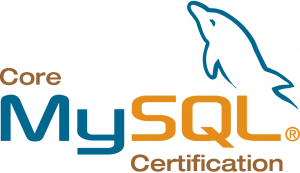Microsoft Watch from Mary Jo Foley notes Microsoft SFU: Here Today, Gone Tomorrow. Microsoft is shelving the standalone version of its Services for Unix (SFU) product, with no plans to do future enhancements.” Portions of Services For Unix will be integrated into Microsoft’s new operating systems. For those trying to maintain a stable environment, don’t look for any significant updates, although Microsoft promised some support through 2011 or 2014.
The complaint that Open Source doesn’t have a roadmap that can be depended upon is turned upside down when you look at vendors swapping, switching, renaming, pruning and just plain dropping features that are likely mission-critical for some of their customers. Customers have no control over commercial software. If you don’t like what’s happening with an Open Source project, you own the code. You can rewrite it in the direction you want it to go, pay a developer to do it for you, or foment a split or branch to encourage developers to follow your roadmap. Try doing that with your commercial vendors.

